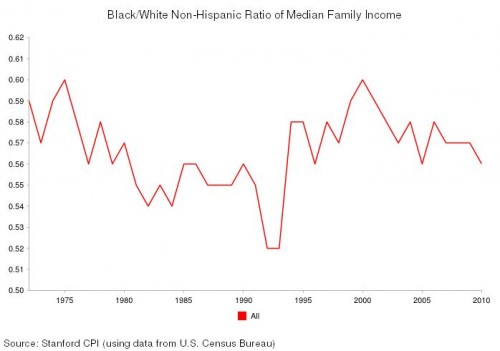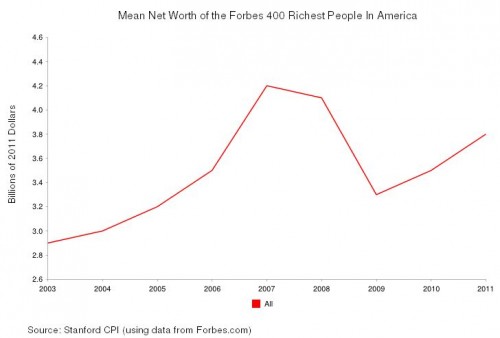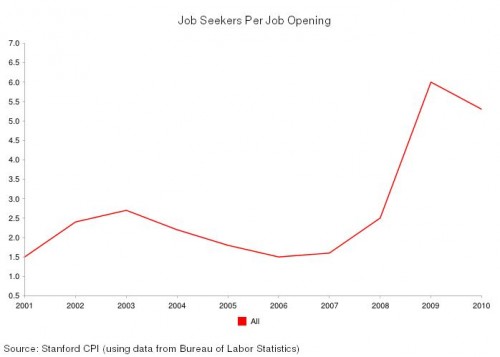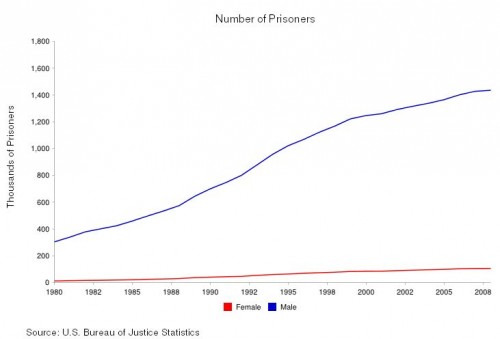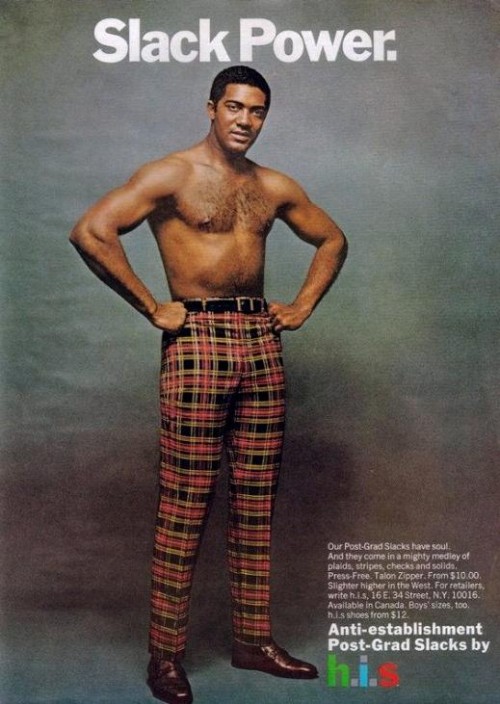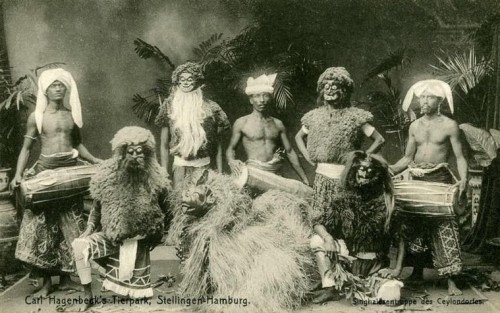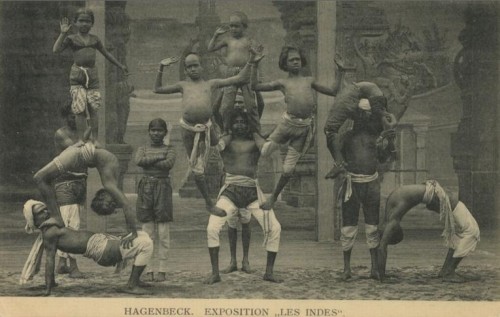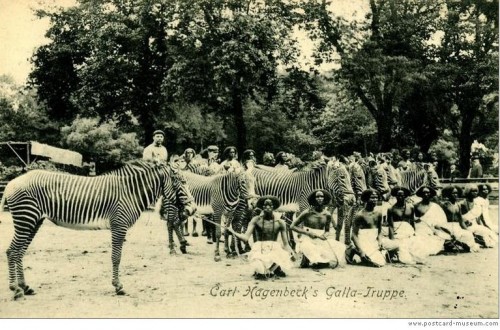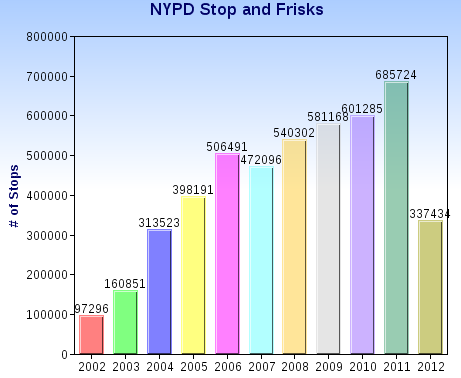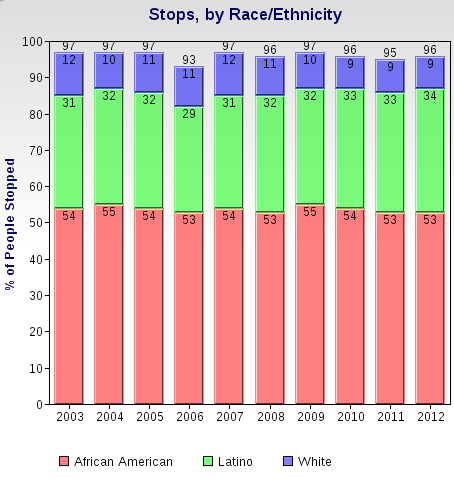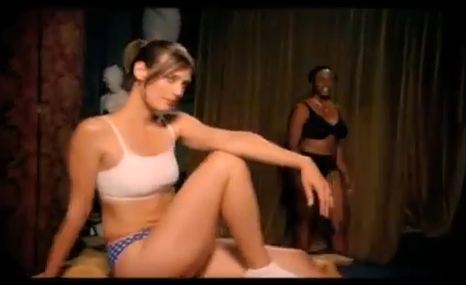As evidence of how mainstream and taken-for-granted dressing up like Native Americans for Halloween (not to mention as a general fashion trend) is, Kari sent in this photo of a costume store, where Native American is a sufficiently popular costume category that it deserves prominent signage:
Gwen Sharp is an associate professor of sociology at Nevada State College. You can follow her on Twitter at @gwensharpnv.



